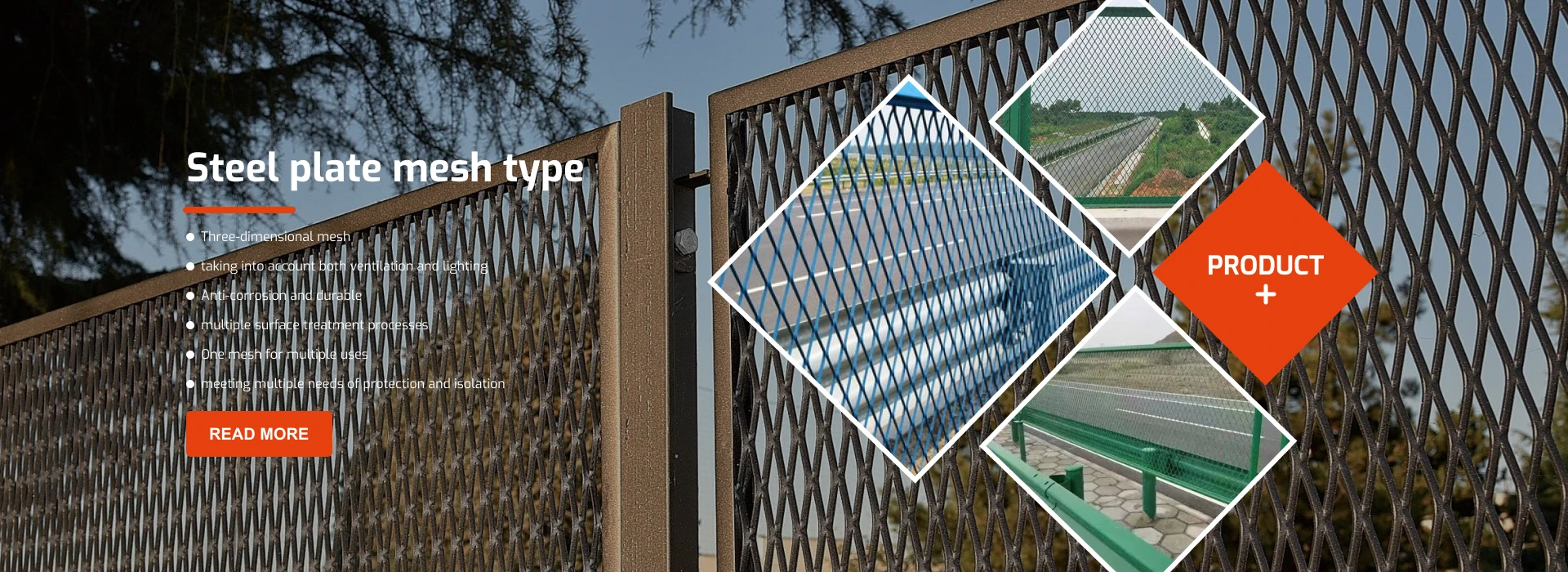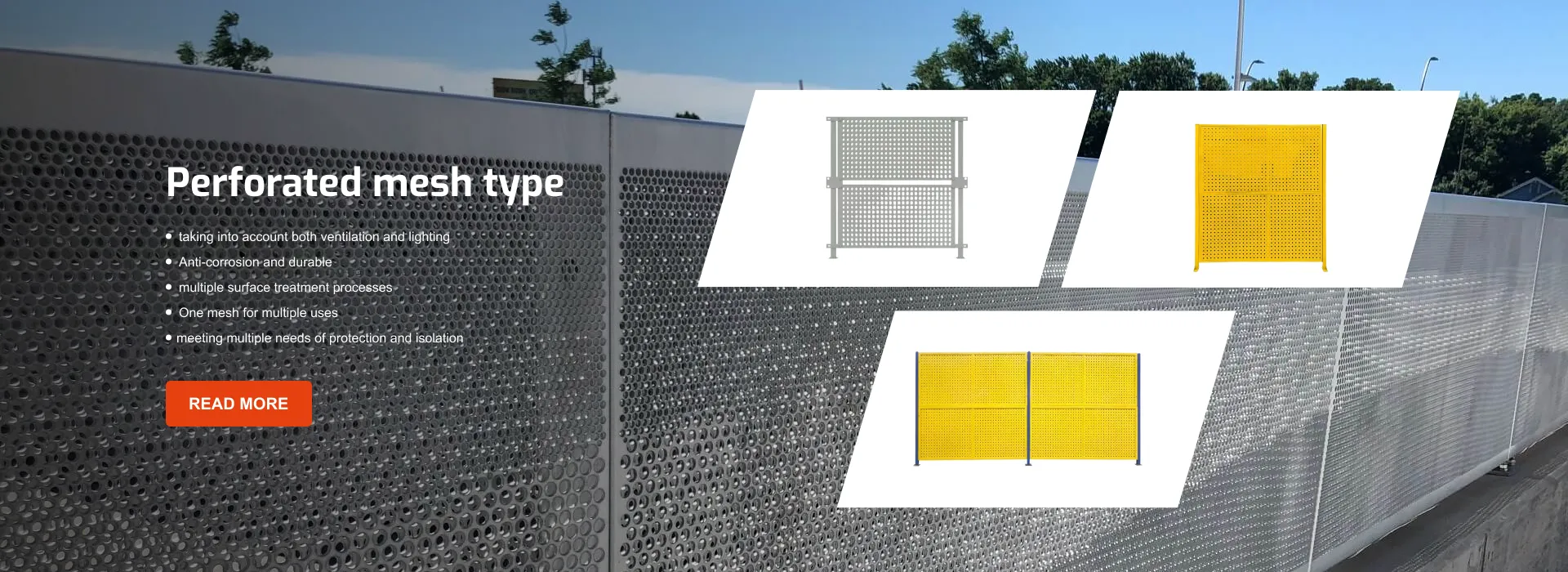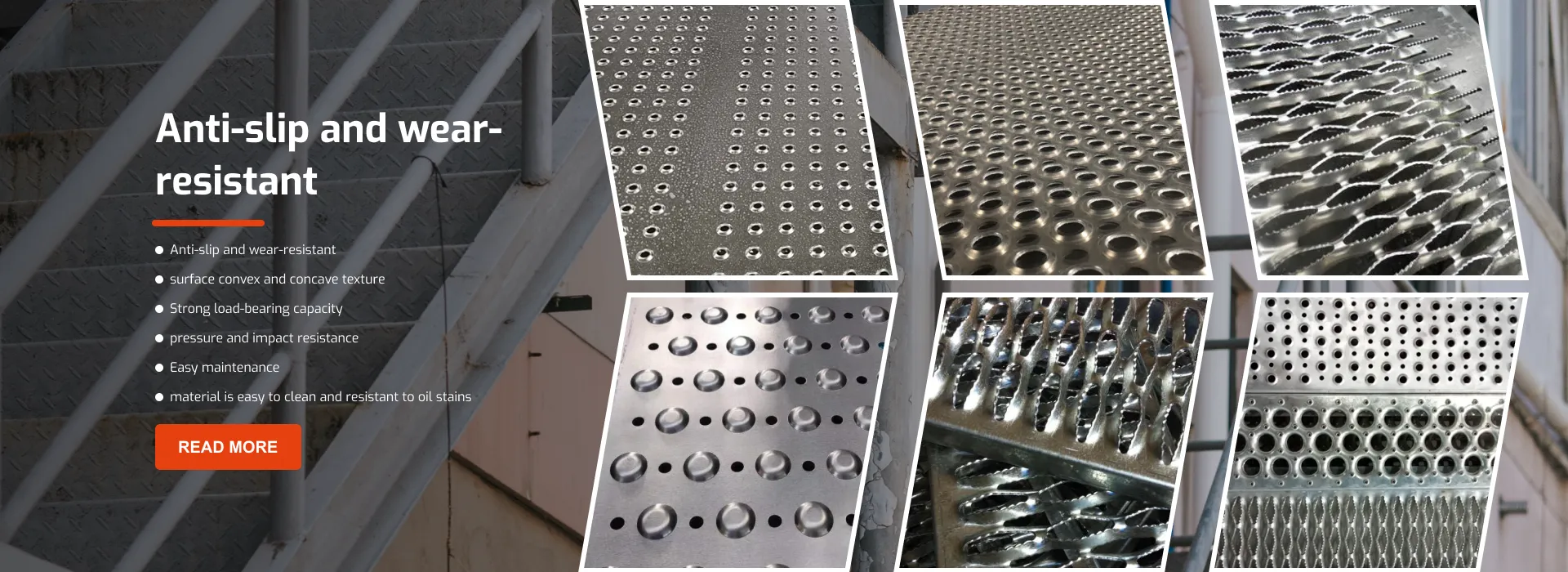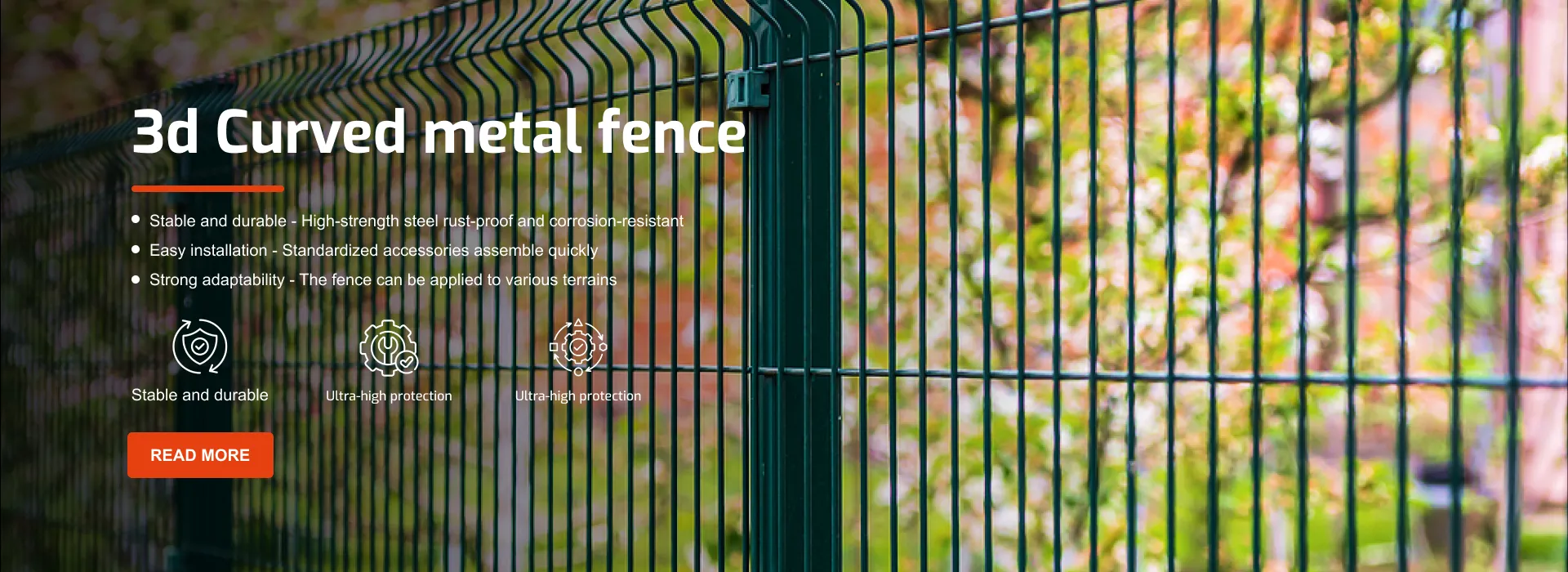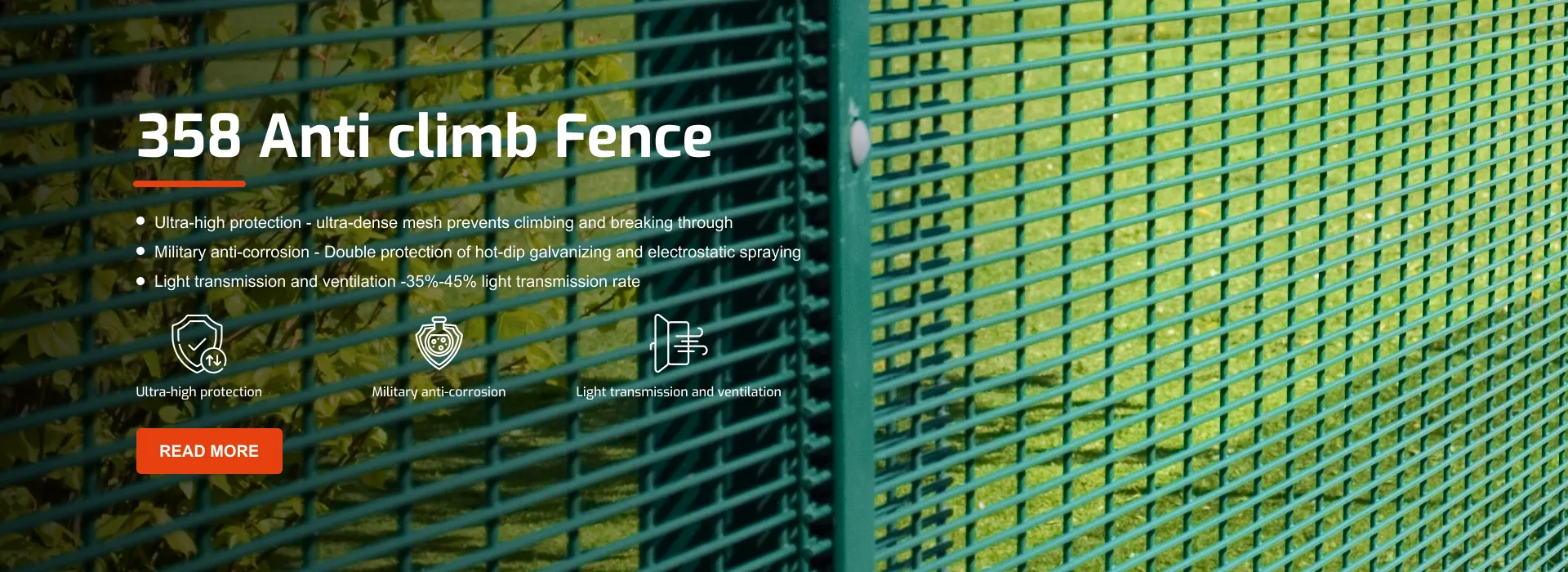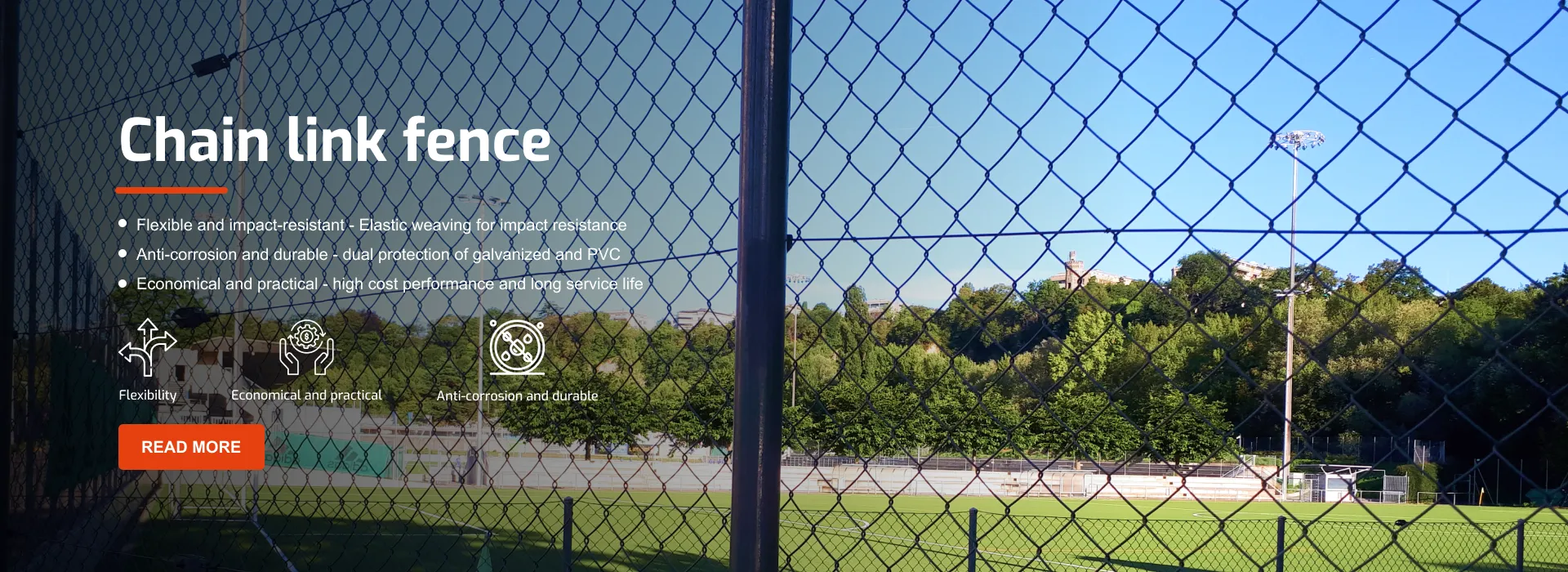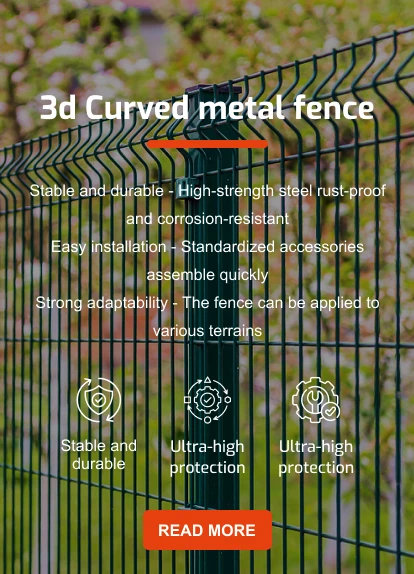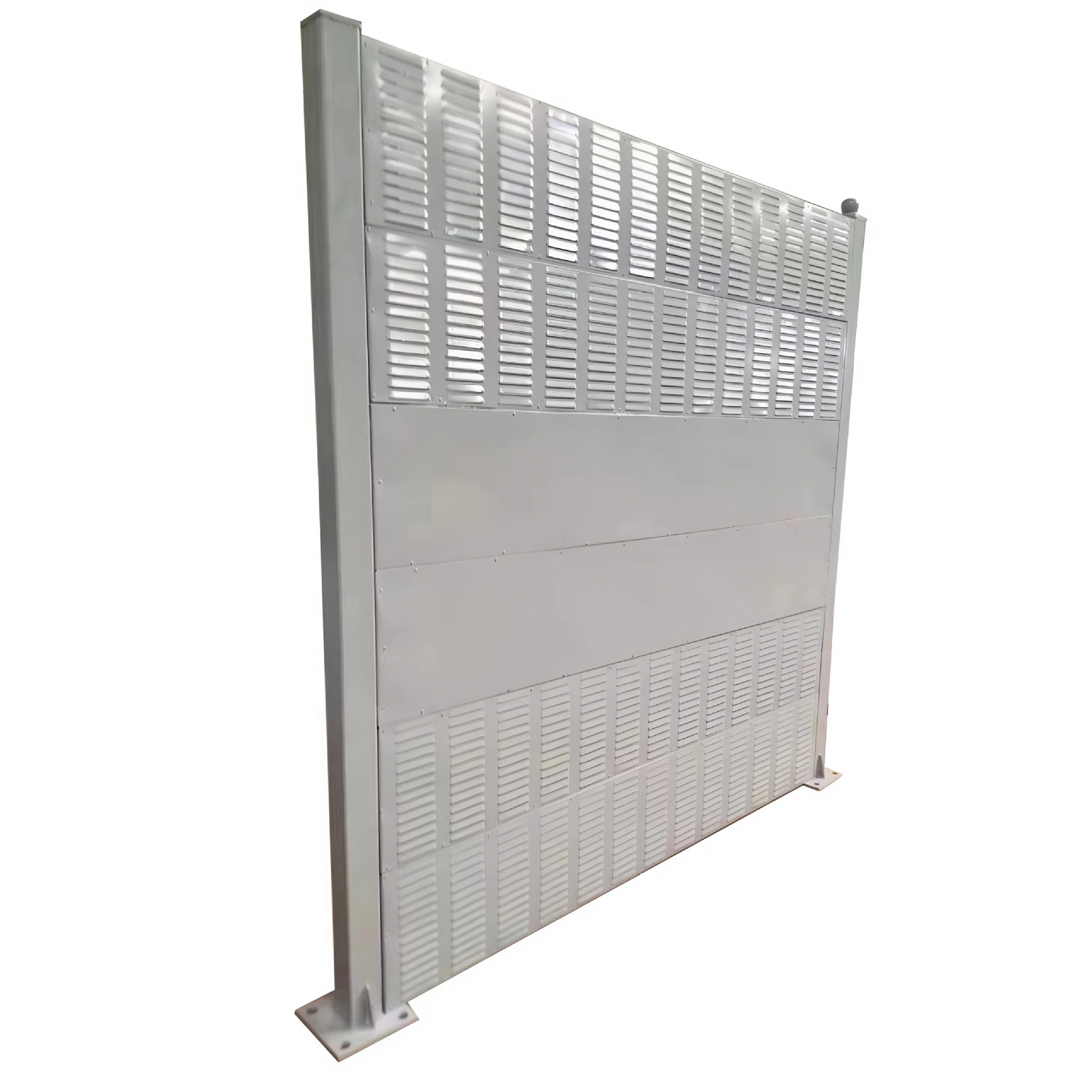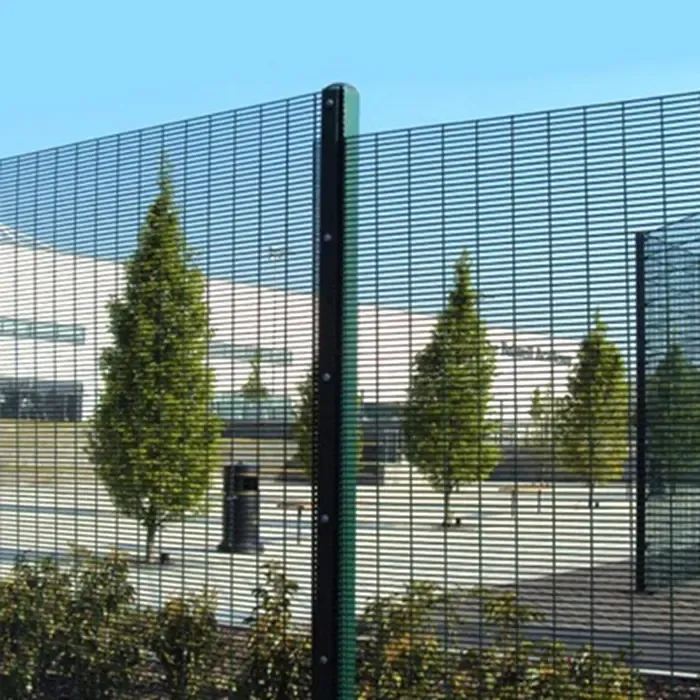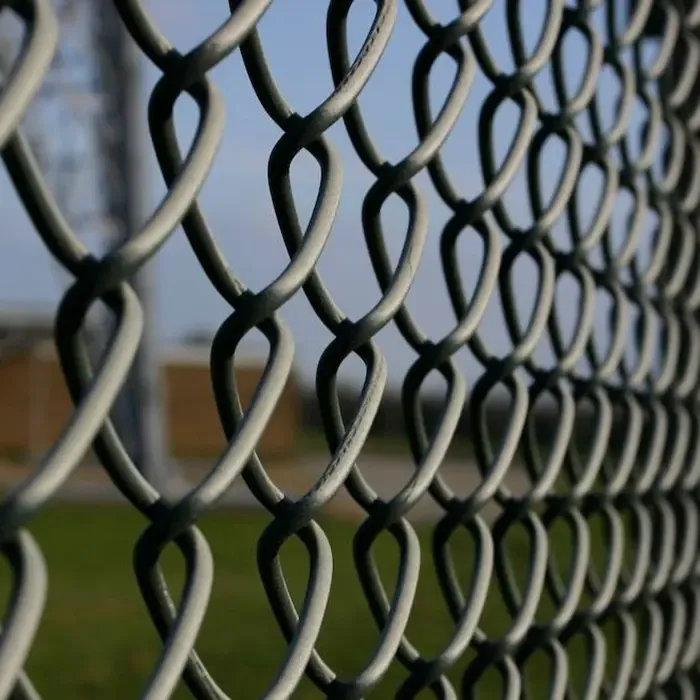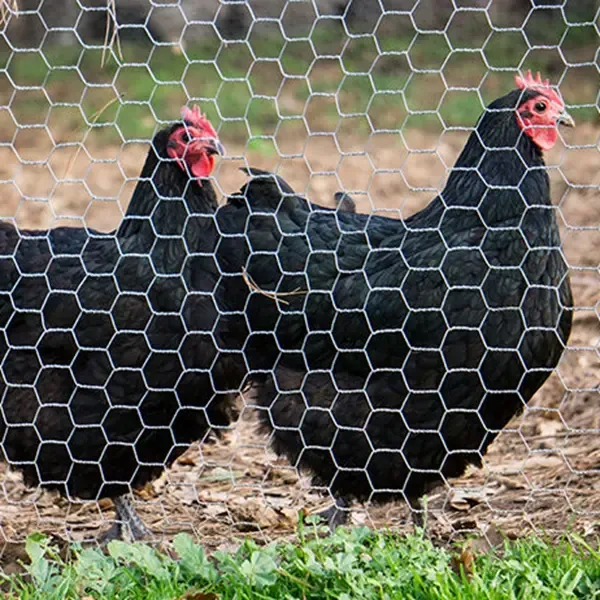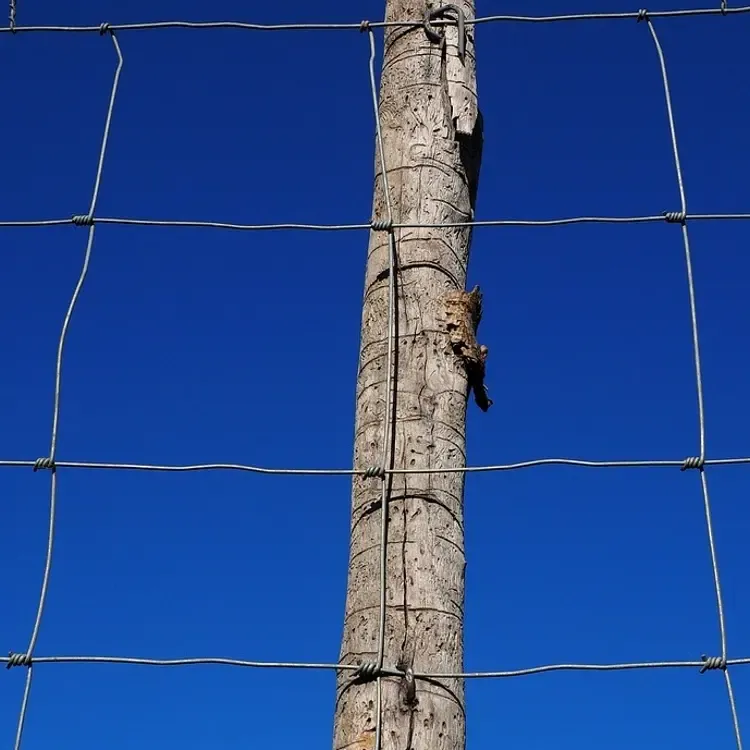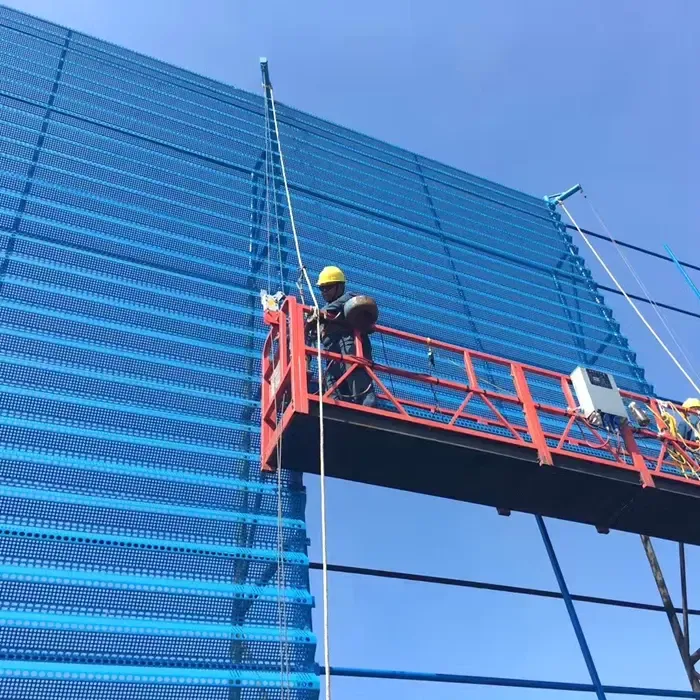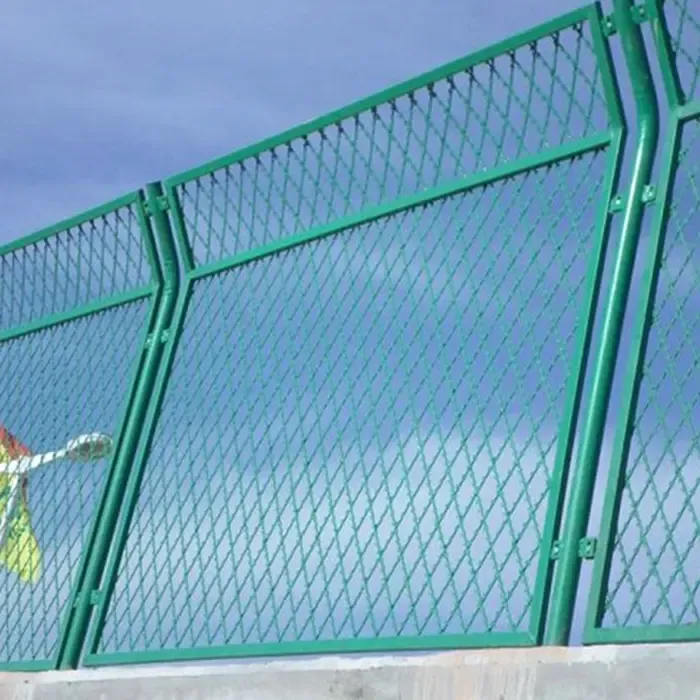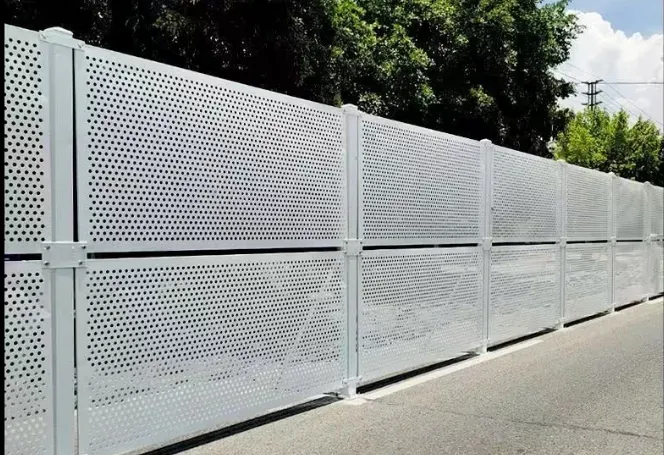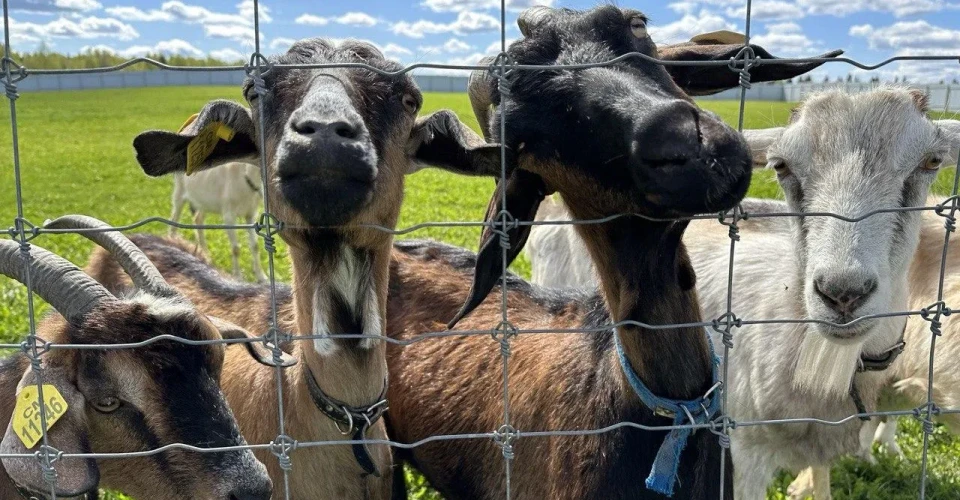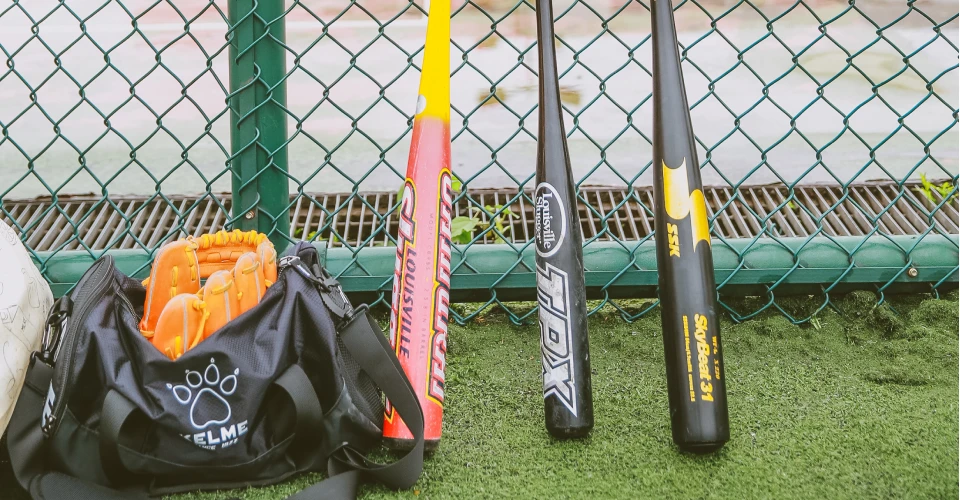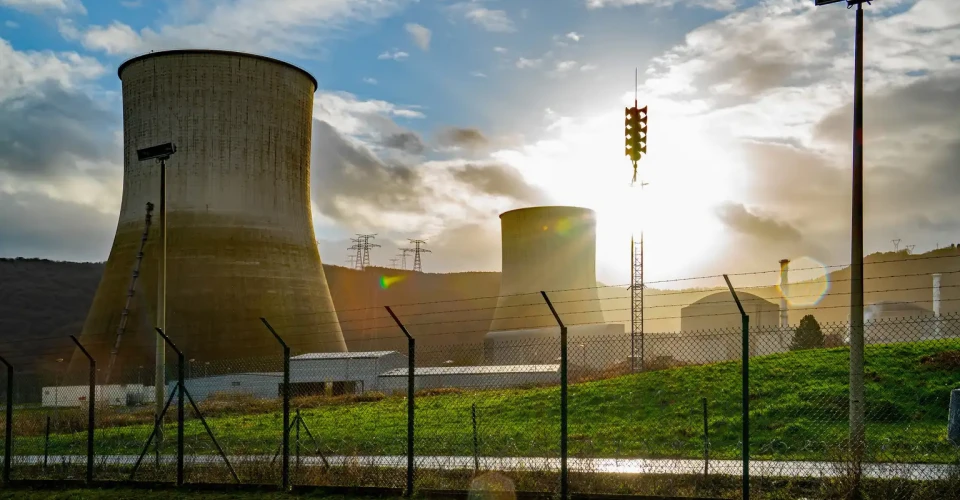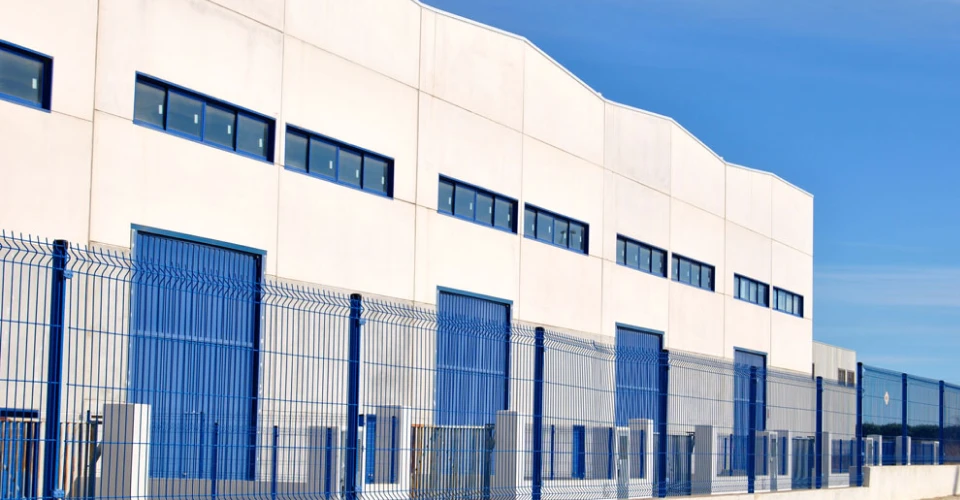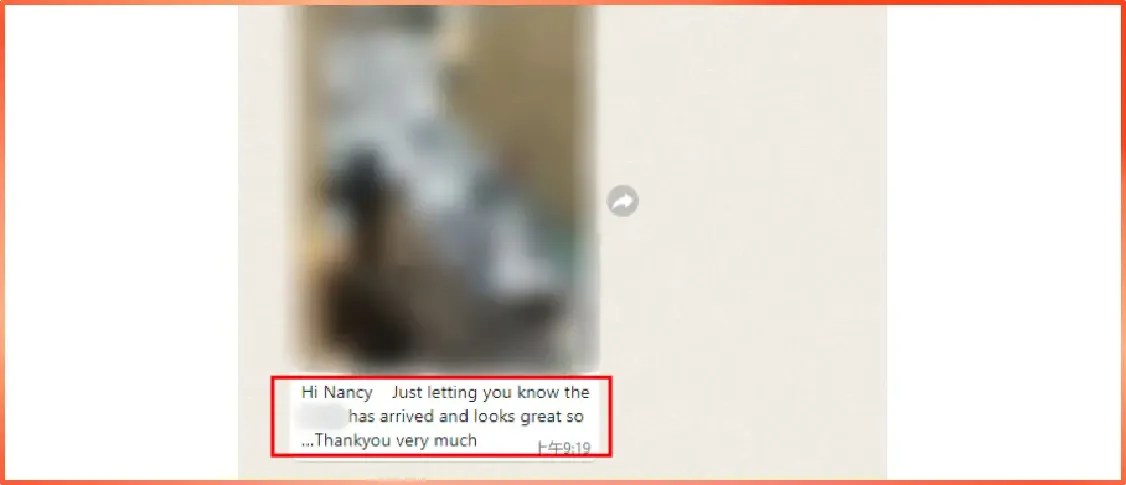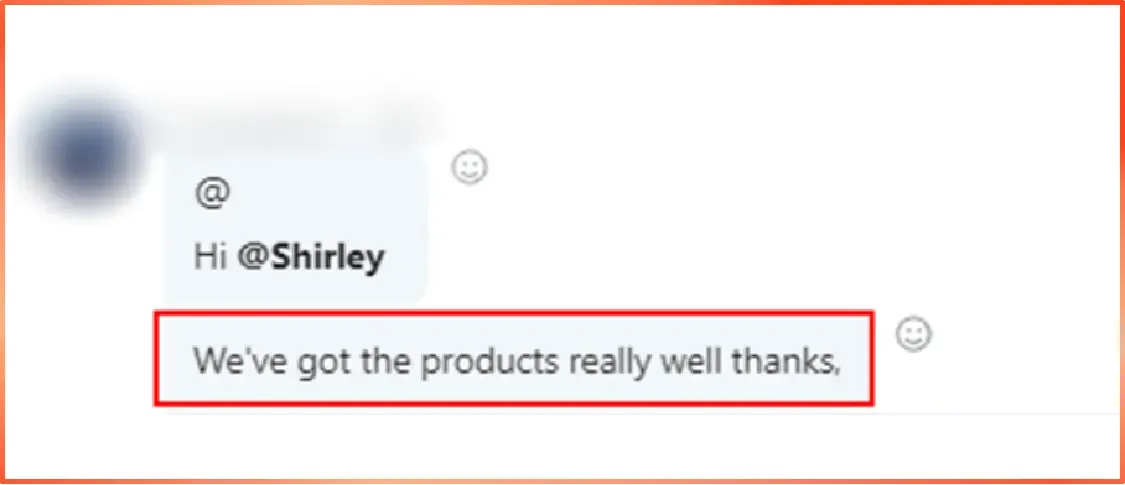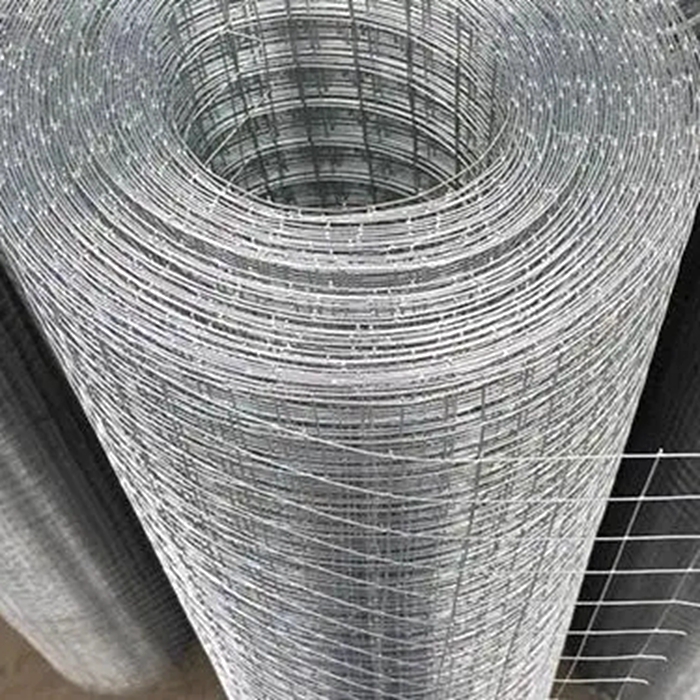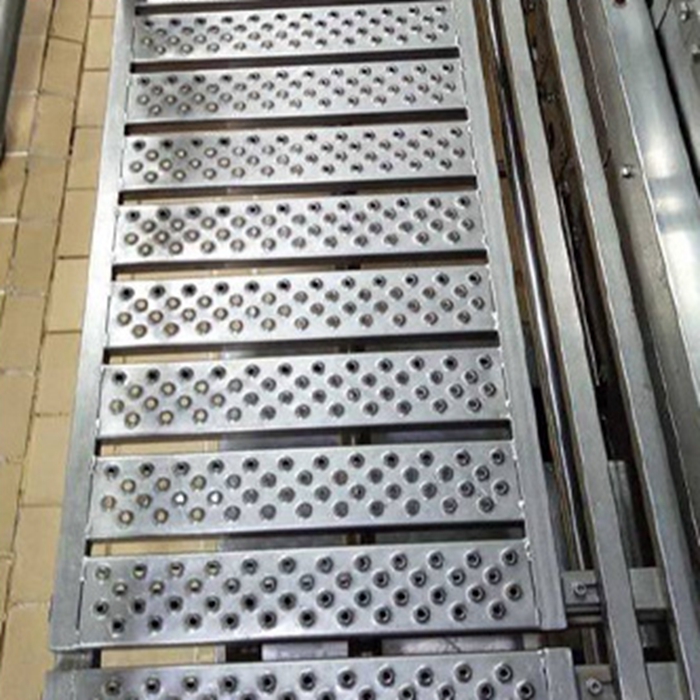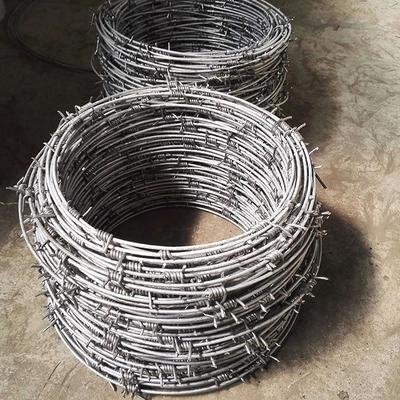- Afrískt
- Albanska
- Amharíska
- arabíska
- Armenska
- Aserbaídsjan
- Baskneska
- Hvítrússneska
- bengalska
- Bosníska
- Búlgarska
- Katalónska
- Sebúanó
- Korsíska
- Króatíska
- Tékkneska
- Danska
- hollenska
- Enska
- Esperantó
- eistneska
- finnska
- Franska
- Frísneska
- Galisíska
- Georgíska
- Þýska
- gríska
- Gújaratíska
- Haítískt kreólskt
- Hausa
- havaískur
- Hebreska
- Nei
- Míao
- Ungverska
- Íslenska
- ígbó
- Indónesíska
- írskt
- Ítalska
- Japanska
- Javanska
- Kannada
- kasakska
- Khmer
- Rúanda
- Kóreska
- Kúrdísk
- Kirgisíska
- Vinnumálastofnun
- Latína
- Lettneska
- Litháíska
- Lúxemborgíska
- Makedónska
- malagasíska
- Malajíska
- Malayalam
- Maltneska
- Maori
- Marathi
- Mongólska
- Mjanmar
- Nepalska
- norska
- norska
- Occitaníska
- Pastú
- Persneska
- Pólska
- Portúgalska
- Púnjabí
- Rúmenska
- Rússneska
- Samóska
- skosk gelíska
- Serbneska
- Enska
- Shona
- Sindhi
- Sinhala
- Slóvakía
- Slóvenska
- Sómalískt
- Spænska
- Súndanska
- svahílí
- Sænska
- Tagalog
- Tadsjíka
- Tamílska
- Tatar
- telúgú
- Taílenska
- Tyrkneska
- Túrkmenska
- Úkraínska
- Úrdú
- Uighur
- Úsbekska
- Víetnamska
- velska
- Hjálp
- jiddíska
- Jórúba
Hljóðveggurinn úr málmi með götum er úr galvaniseruðu stáli/álblöndu, sem er loftræstur og endingargóður, með sérsniðinni hönnun og hentar vel til hávaðastýringar í flutningum, iðnaði o.s.frv.
-
20000Svæði
-
2012Síðan
-
100+Lönd
-
100+Vara


